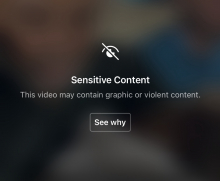Understanding how trauma appears in media and impacts vulnerable communities is important for researchers from various fields to investigate. However, to begin to understand this specific type of media, we must ask not what is traumatic media but what traumatic media looks like. This article evaluates the spectrum of what, I term, trauma(tic) media looks like.
Issue

